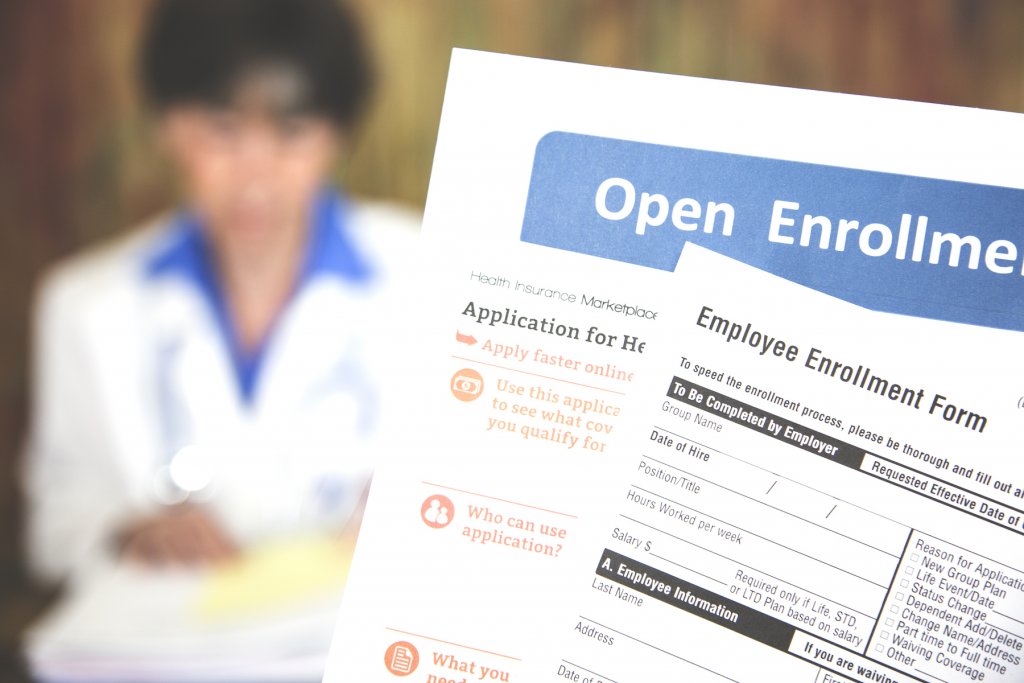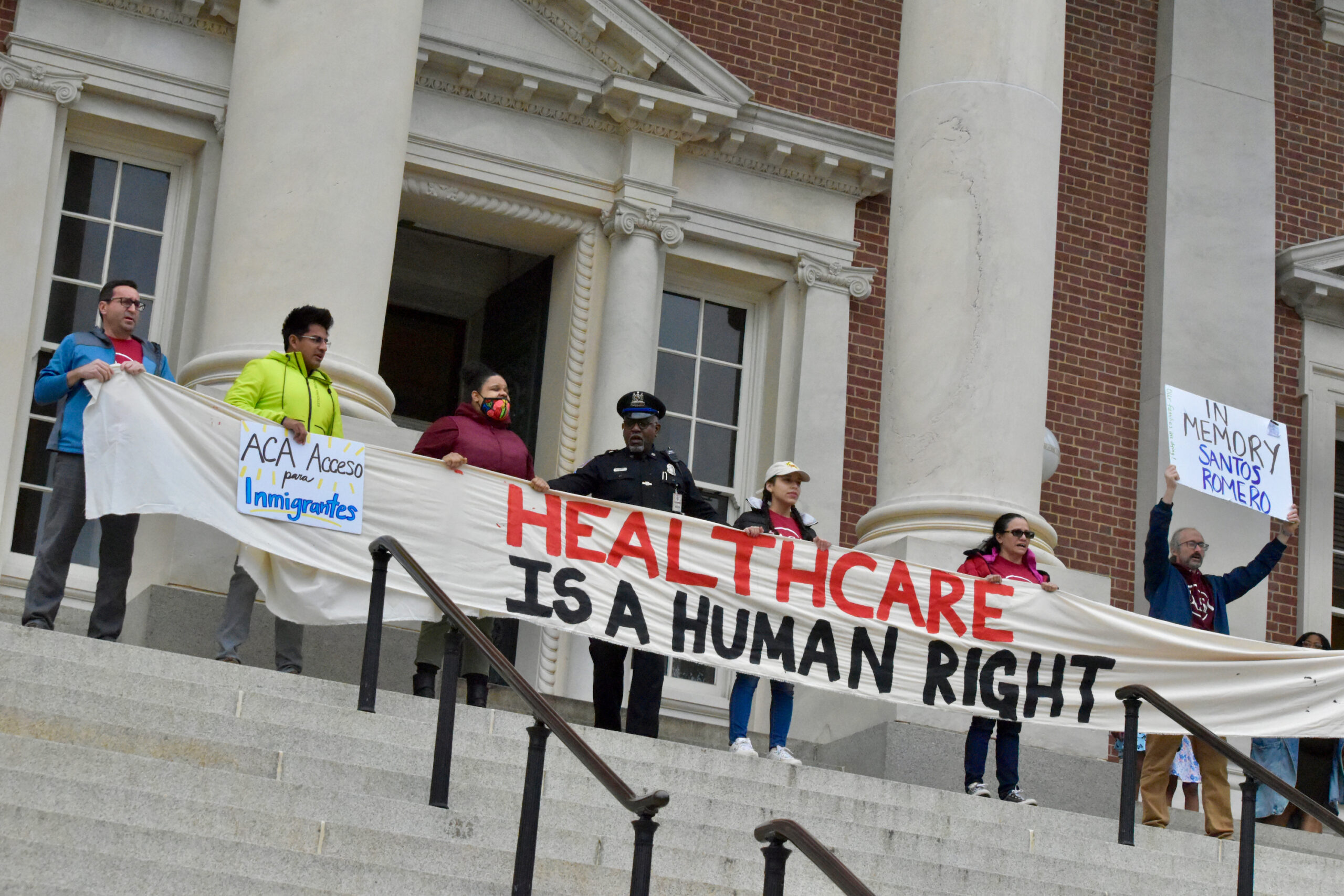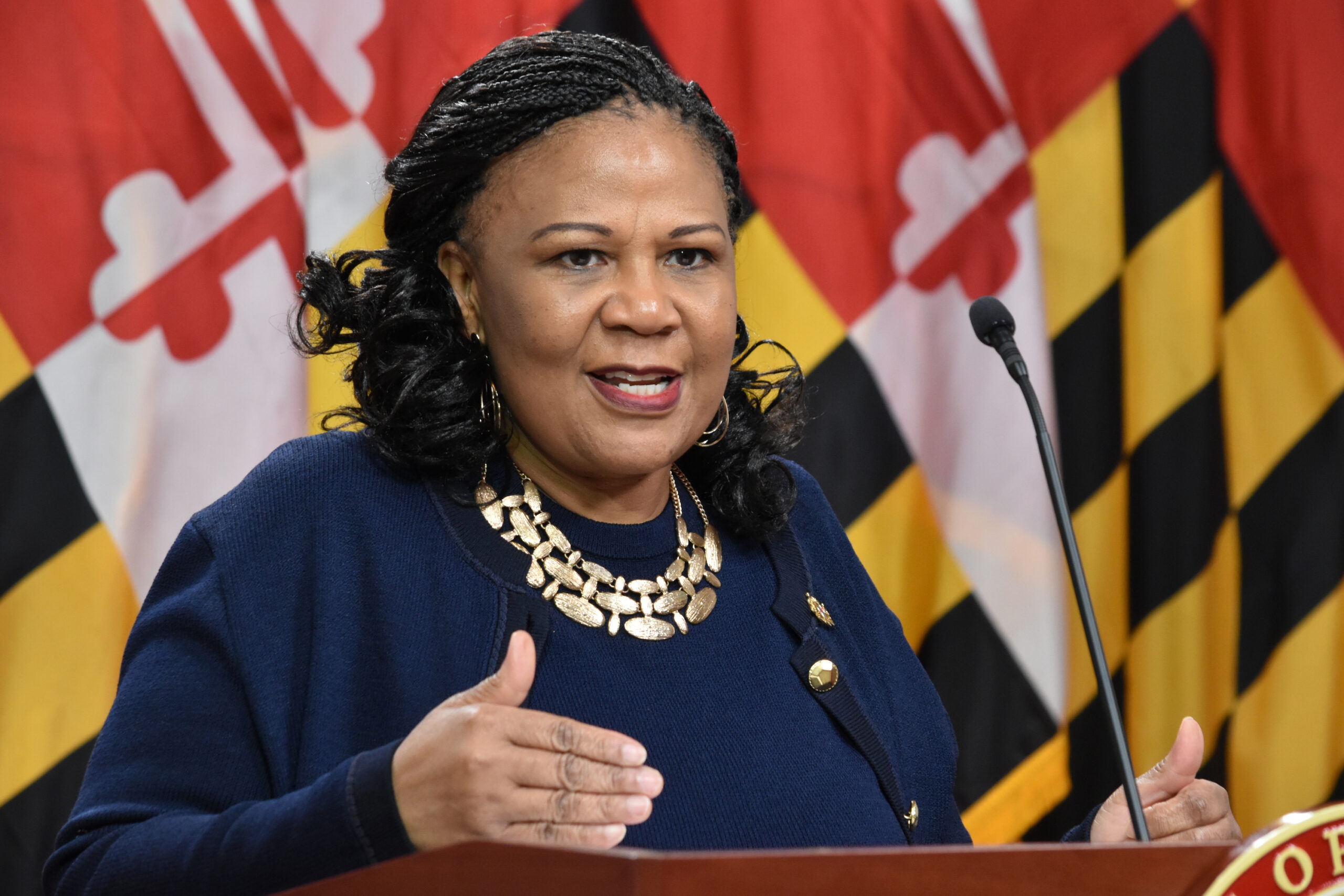Opinion: CareFirst dispute shines light on issues caused by insurance monopoly

By Gene Ransom
The writer is CEO of the Maryland State Medical Society, MedChi.
A contract dispute between Maryland’s world-renowned and award-winning hospital system, Johns Hopkins, and insurer CareFirst BlueCross BlueShield, concerns everyone, but it shouldn’t come as a surprise. Structural problems with the health insurance system are at the root of this dispute, and it’s time we had a conversation about health insurance concentration in Maryland.
MedChi, The Maryland State Medical Society, has raised concerns about the Maryland health insurance market for years. Several years ago, we proposed legislation simply requesting a study of the insurance concentration in the state, which did not even receive a vote due to CareFirst’s opposition. According to the most recent “AMA Competition in Health Insurance Study” CareFirst controls more than 50% of most Maryland markets; in some parts of Maryland, they control 70% of the market. This large market share makes it very difficult for practitioners to negotiate fair rates with CareFirst.
These challenges are compounded by Maryland’s unique hospital reimbursement system, where Medicare and Medicaid pay more for hospital-based care in Maryland than the rest of the nation, and commercial insurers pay less. Even though we know that CareFirst and other insurers pay about 25% less for hospital care compared to the rest of the country, it doesn’t equate to lower premiums paid by employers and individuals. In fact, MedChi just raised concerns about CareFirst’s recent rate filing that included a premium rate increase request. Between 2017 and 2020, CareFirst increased its commercial premiums by an average of 3.3% annually in Maryland (and 4.7% in Washington, D.C.). CareFirst may claim that rate increases to providers will cause premium increases, but given these facts, it’s not clear why paying physicians, or Johns Hopkins, reasonable rates would translate into higher premiums.
If CareFirst is underpaying doctors and nurses and getting a discount on hospital care, but not charging its members lower premiums, the question is where is all that money going? We know it’s not going to caregivers. Physician reimbursement in Maryland is one of the worst in the nation. According to a recent study by the Maryland Healthcare Commission, Maryland is ranked third worst in the nation for physician reimbursement.
The non-payment of practitioners by the dominant carrier is exacerbated by the fact that the cost of providing care keeps going up. According to Johns Hopkins, CareFirst has increased what it pays their doctors and nurses by just 10% even though the cost to deliver care has gone up 21%. I have heard from other physician members these numbers are similar in their practices as well.
Hopefully the parties will reach a fair agreement by the Dec. 5 deadline.
Everyone wants Johns Hopkins doctors and nurses to stay in the CareFirst network, and that there is no impact on the cost of care at Hopkins for people with CareFirst health insurance. No matter how this is resolved, we need to look at the balance of power in the health insurance market; competition would result in a better marketplace for physicians, patients, and the public health of Maryland.




 Creative Commons Attribution
Creative Commons Attribution